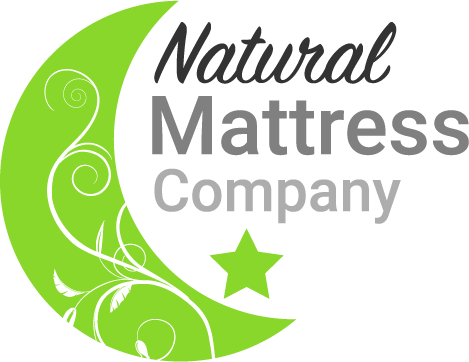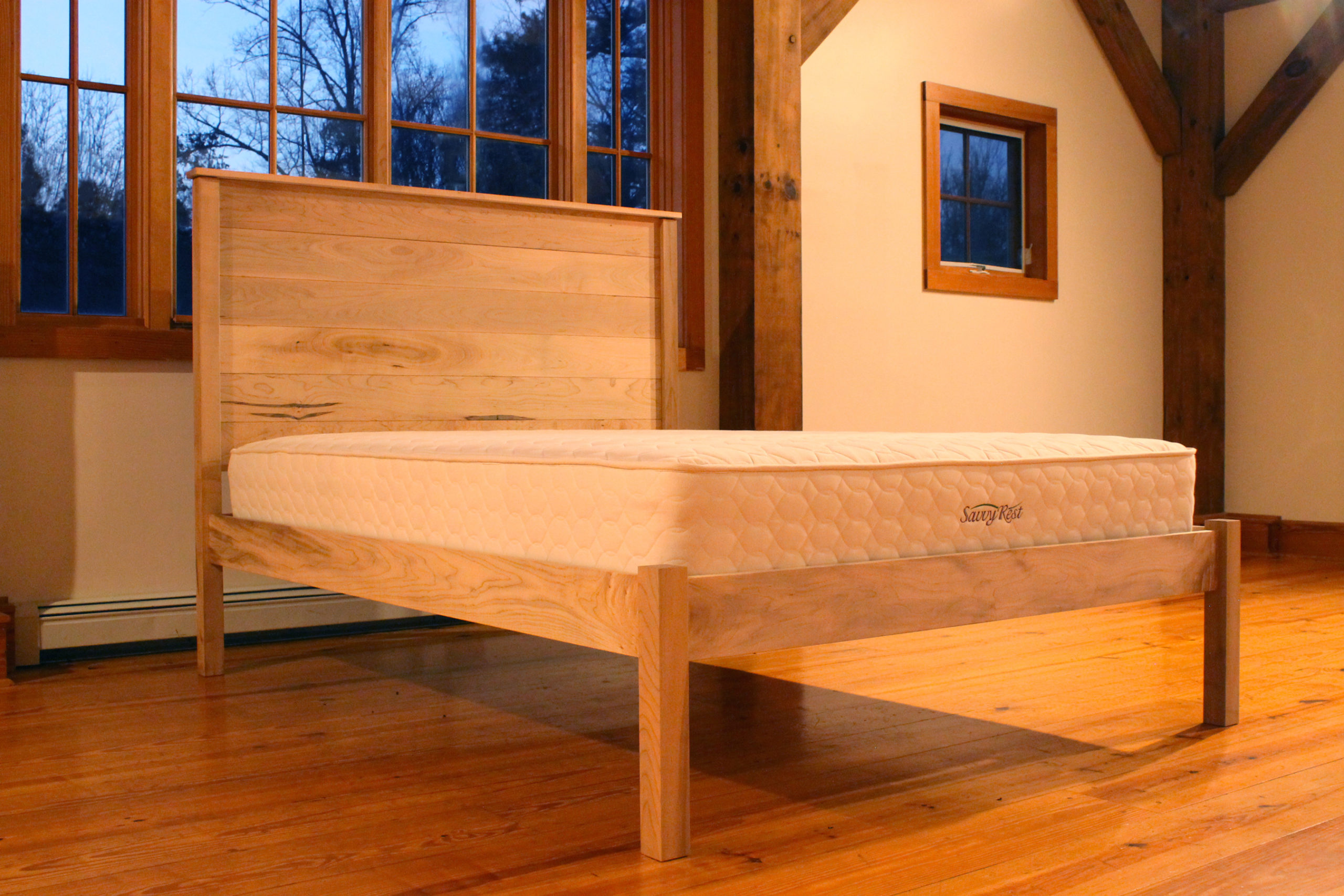A GOTS certified mattress means that the mattress (or specific components of it, like the cotton or wool) has been made according to the Global Organic Textile Standard (GOTS)—the world’s leading certification for organic textiles.
Here’s what that actually covers:
✅ Organic Materials
At least 95% of the fibers (like cotton, wool, or linen) must be certified organic.
No conventional cotton, synthetic pesticides, or GMOs are allowed.
✅ Safe & Non-Toxic Processing
Strict limits on chemicals, dyes, and finishes.
Prohibits toxic heavy metals, formaldehyde, and many other harmful substances.
Only low-impact dyes and safe processing methods are allowed.
✅ Environmental Standards
Wastewater treatment is required.
Energy and water use must be monitored to reduce environmental impact.
✅ Social Responsibility
Certified facilities must follow fair labor practices (safe working conditions, no child or forced labor, living wages in line with local standards).
⚠️ Important Note
GOTS certification applies only to the textile portions of a mattress (fabric covers, cotton or wool layers).
The latex foam (if used) is usually certified separately under GOLS (Global Organic Latex Standard).
A truly organic mattress often carries both GOTS (for textiles) and GOLS (for latex) certifications.
👉 So, when you see “GOTS certified mattress,” it means the mattress uses textiles that meet the highest organic and ethical standards—not just marketing language like “natural” or “eco-friendly.”
🌱 Other Organic Certifications
GOLS (Global Organic Latex Standard)
Specifically for latex foam.
Requires at least 95% certified organic raw latex.
Prohibits fillers and synthetic latex beyond 5%.
Includes environmental + social responsibility standards.
✔️ Gold standard for latex layers.
🛡️ Health & Emissions Certifications
Greenguard Gold
Tests for chemical emissions (VOCs, formaldehyde, etc.).
Ensures the mattress won’t off-gas harmful pollutants indoors.
Does not guarantee organic materials.
✔️ Great for indoor air safety.
OEKO-TEX Standard 100
Tests textiles for harmful substances (like pesticides, heavy metals, phthalates).
A “safety screen” for finished fabrics and foams.
Does not require materials to be organic.
✔️ Good reassurance of chemical safety.
eco-INSTITUT
Similar to OEKO-TEX but more rigorous.
Tests for VOCs, pesticides, heavy metals, and odors.
Common for natural latex mattresses.
✔️ Strong safety standard.
🛋️ Foam-Specific Certifications
CertiPUR-US
For polyurethane foam (memory foam, polyfoam).
Ensures it’s made without ozone depleters, PBDE flame retardants, mercury, lead, formaldehyde, phthalates.
Low VOC emissions.
❌ Does not mean organic or natural — just a safer synthetic foam.
⚡ Quick Comparison
| Certification | What It Covers | Guarantees | Best For |
|---|---|---|---|
| GOTS | Textiles (cotton, wool) | Organic + safe processing + fair labor | Organic fabrics |
| GOLS | Latex foam | Organic latex | Latex cores |
| Greenguard Gold | Whole product | Low VOC emissions | Indoor air safety |
| OEKO-TEX | Textiles/foam | Free from harmful chemicals | General safety |
| eco-INSTITUT | Latex, textiles, foams | Strict emissions + toxin testing | Non-toxic latex |
| CertiPUR-US | Polyurethane foams | Safer synthetics, low VOC | Memory foam/polyfoam |
✅ Best-case mattress:
GOTS (textiles) + GOLS (latex) + Greenguard Gold or eco-INSTITUT (air quality).
Standard for Talalay latex Cradle to Cradle Gold:
Cradle to Cradle Gold certified, you can expect:
Lower chemical hazards (reduced off-gassing, fewer toxic flame retardants or plasticizers).
More responsible sourcing and treatment of raw materials.
Better practices in how the factory uses water and energy.
More likelihood that components can be recycled or reused.
Ethical labor practices in manufacturing chain.
⚠️ Watch out for:
Companies that only use CertiPUR-US or OEKO-TEX and market the mattress as “organic” or “green” (those aren’t organic standards).


 Hybrid Mattresses: The Best of Both Worlds
Hybrid Mattresses: The Best of Both Worlds All-Latex Mattresses: Pure and Customizable Comfort
All-Latex Mattresses: Pure and Customizable Comfort Why Choose Natural Latex?
Why Choose Natural Latex? Shop Local, Sleep Better
Shop Local, Sleep Better

